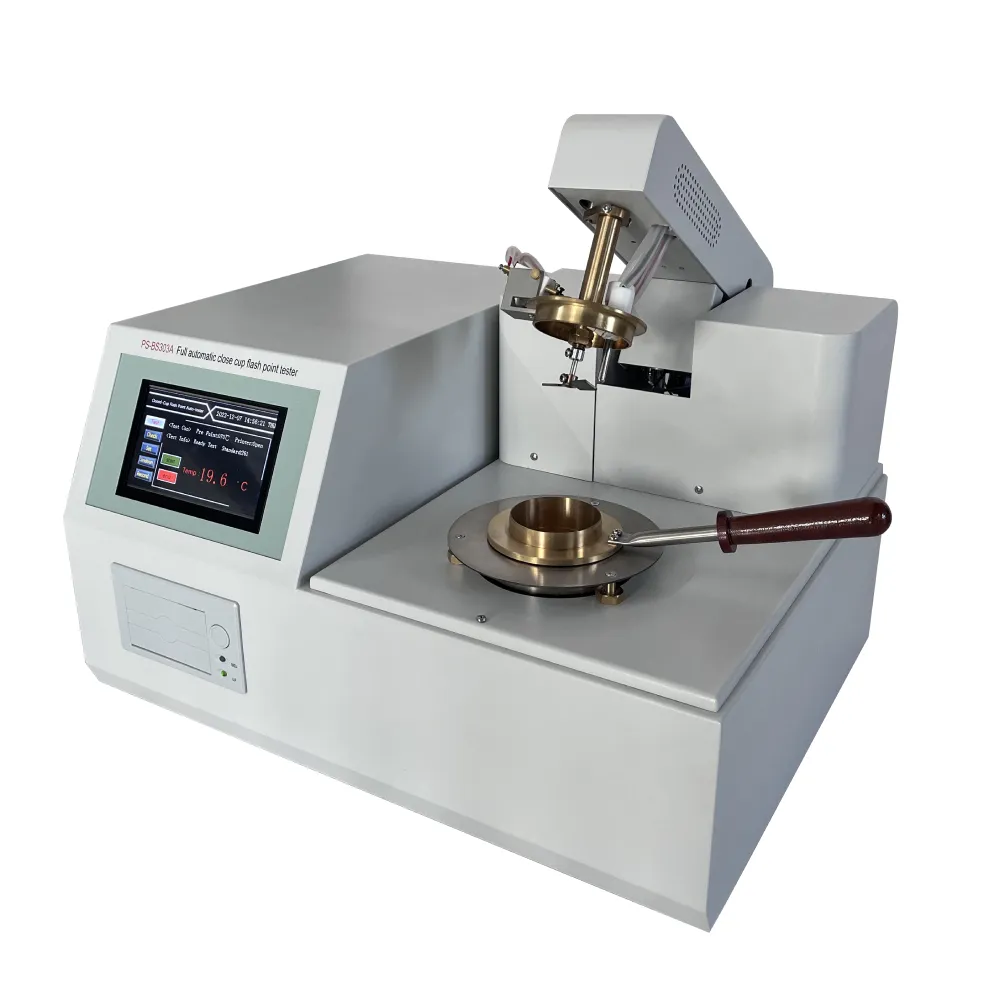 English
English


short circuit impedance of transformer
Short Circuit Impedance of Transformers
The short circuit impedance of a transformer is a critical parameter that plays an essential role in the operation and protection of electrical power systems. Understanding this concept is vital for engineers and technicians working in the fields of power generation, transmission, and distribution. This article will explore the definition, significance, and calculation methods of short circuit impedance, along with its impact on transformer performance.
Definition of Short Circuit Impedance
Short circuit impedance is defined as the equivalent resistance and reactance measured at the terminals of a transformer when it is subjected to a short circuit condition. The value is typically expressed as a percentage of the rated voltage of the transformer. It represents how much current will flow through the transformer during a fault condition, providing crucial information for system calculations and protection settings.
In mathematical terms, the short circuit impedance (Zsc) can be derived from the formula
\[ Z_{sc} = \frac{V_{sc}}{I_{sc}} \]
Where \( V_{sc} \) is the voltage applied to the transformer’s secondary side during the short circuit test, and \( I_{sc} \) is the primary current under similar conditions. The result is usually expressed as a percentage of the full-load voltage.
Significance of Short Circuit Impedance
The short circuit impedance of a transformer is significant for several reasons
1. Fault Current Calculation One of the primary uses of short circuit impedance is in calculating the fault current that would flow during a fault event. A lower impedance results in higher fault currents, which can have serious implications for the stability and safety of the electrical system.
short circuit impedance of transformer

2. Protection Device Coordination Short circuit impedance is essential in selecting and coordinating protective devices such as circuit breakers and fuses. Accurate knowledge allows engineers to set protection devices effectively to trip in a fault condition without causing unnecessary downtime.
3. Voltage Drop Analysis Short circuit impedance affects voltage drop calculations in power systems. High impedance can lead to significant voltage drops during heavy loading, impacting the functionality of connected loads.
4. Thermal Limitations Transformers can experience thermal damage from high currents during short circuit conditions. Knowing the short circuit impedance helps assess the thermal limits and impacts on transformer life.
Calculation of Short Circuit Impedance
The short circuit impedance can be determined through a short circuit test, often referred to as the impedance test. This involves the following steps
1. Connection The transformer is isolated from the network and a short circuit is created at its secondary side (low voltage side). 2. Voltage Application A controlled voltage is applied to the primary side (high voltage side) until full-load current is observed on the low voltage side. 3. Measurement The input voltage (Vsc) and current (Isc) are measured during this condition. 4. Calculation The short circuit impedance can then be calculated using the formula mentioned above.
Typically, manufacturers provide standard values of short circuit impedance for their transformers, expressed as a percentage (%). This information is crucial during the design phase of electrical systems.
Conclusion
The short circuit impedance of a transformer is a pivotal characteristic that influences several aspects of electrical system design and operation. From fault current calculations to the appropriate sizing of protection devices, understanding this parameter enables engineers to ensure the reliability and safety of power systems. As power demands and generation methods evolve, keeping abreast of the principles governing transformer short circuit impedance will remain vital for those in the electrical engineering field. By performing comprehensive calculations and tests, one can effectively anticipate the behavior of transformers under fault conditions, ultimately ensuring a robust and resilient electrical infrastructure.
-
Differences between open cup flash point tester and closed cup flash point testerNewsOct.31,2024
-
The Reliable Load Tap ChangerNewsOct.23,2024
-
The Essential Guide to Hipot TestersNewsOct.23,2024
-
The Digital Insulation TesterNewsOct.23,2024
-
The Best Earth Loop Impedance Tester for SaleNewsOct.23,2024
-
Tan Delta Tester--The Essential Tool for Electrical Insulation TestingNewsOct.23,2024





